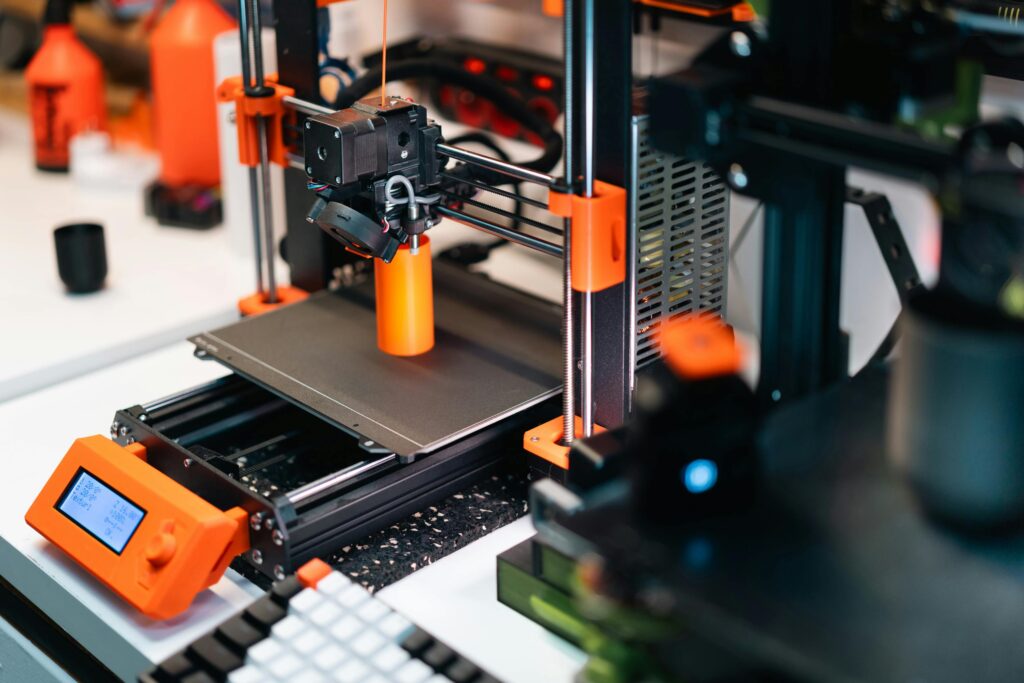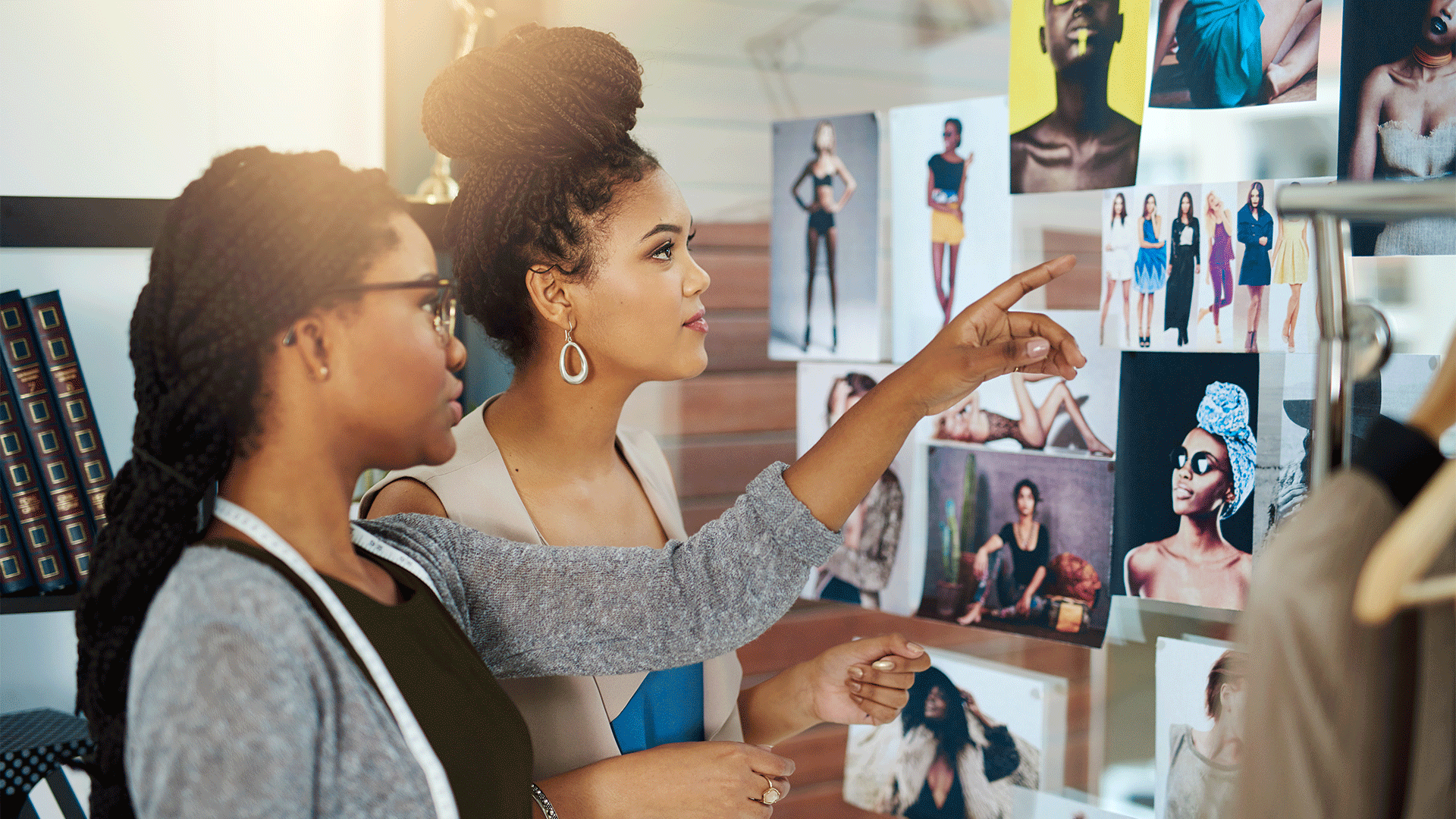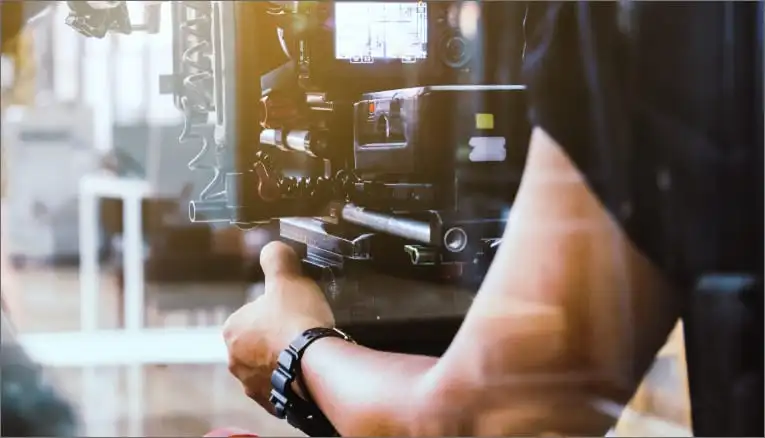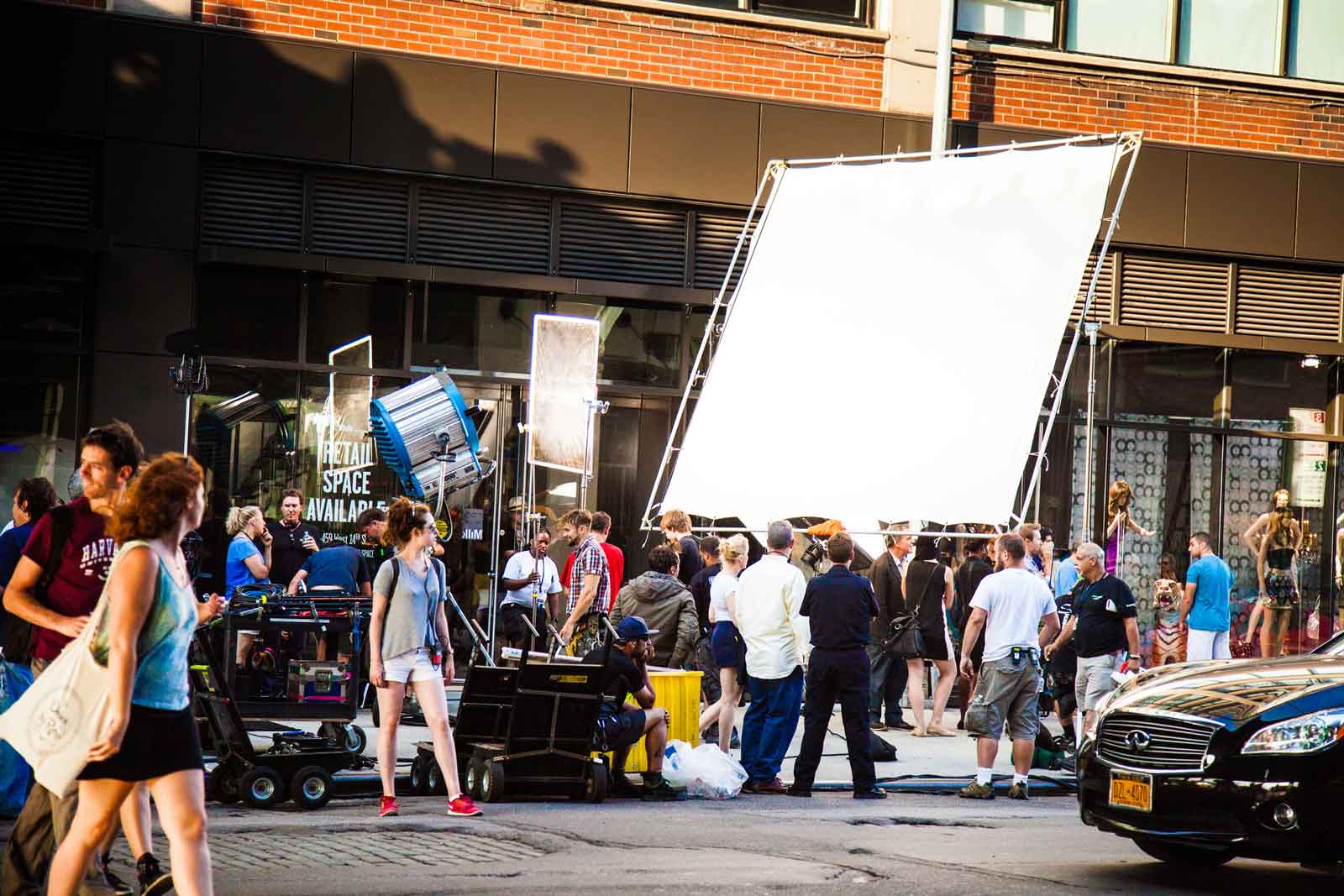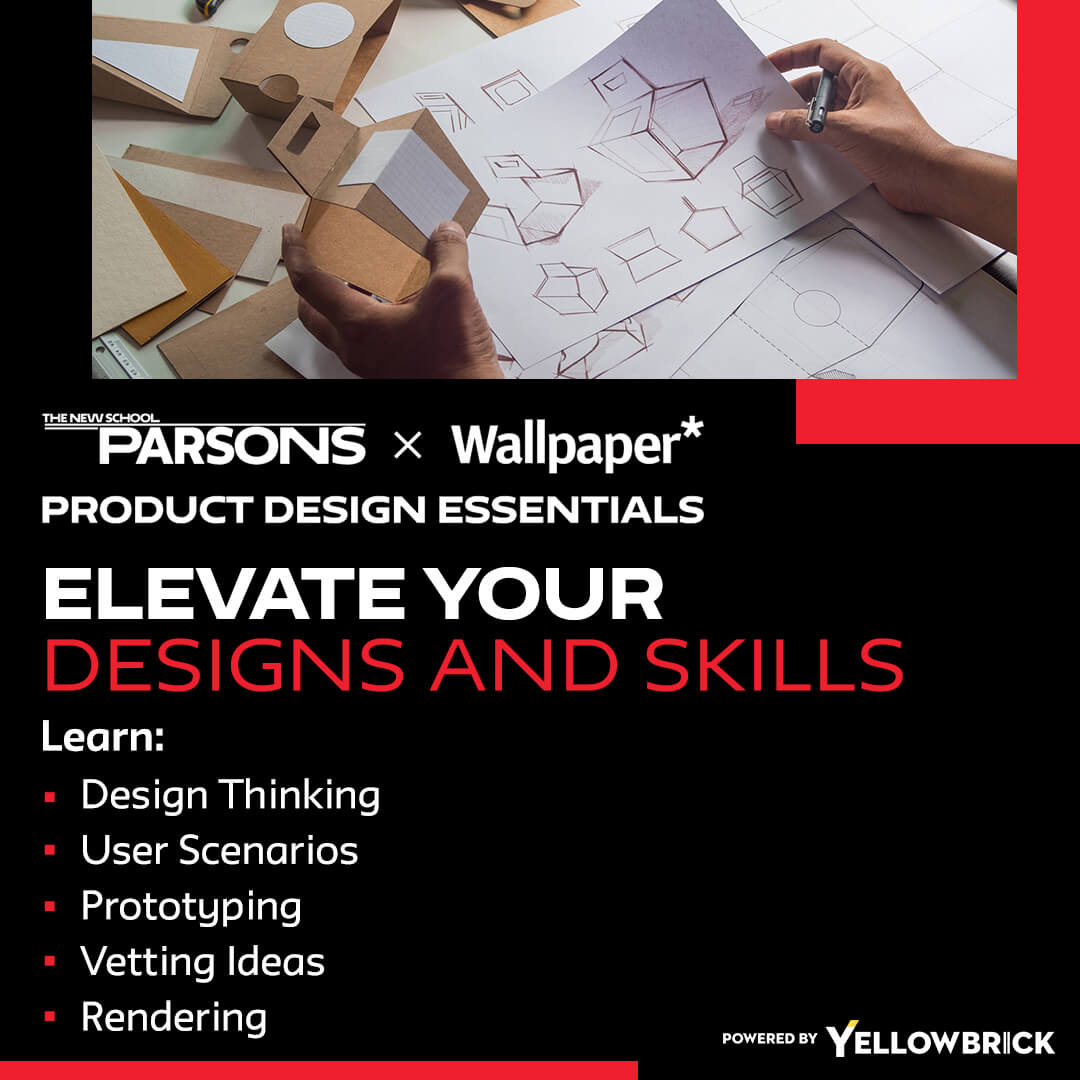Mixed reality design merges the best of virtual reality (VR) and augmented reality (AR) to create interactive and immersive experiences. By layering digital content over physical environments, it transforms how people perceive and interact with the world. This approach is used in fields like storytelling, education, training, and entertainment to deliver experiences that feel both real and enhanced.
Benefits of Mixed Reality Design
Mixed reality offers powerful advantages for designers, businesses, and users alike. Here’s how it delivers value:
- Engaging Experiences: Creates interactive and captivating experiences that drive user engagement.
- Product Visualization & Prototyping: Allows virtual prototypes to be placed in real-world settings for early feedback and design refinement.
- Faster Time-to-Market: Speeds up design cycles and minimizes costs by reducing physical prototyping needs.
- Enhanced Collaboration: Enables remote teams to work together in shared virtual spaces for better communication and decision-making.
Key Technologies in Mixed Reality Design
A variety of advanced tools and systems make mixed reality possible. These include:
- Augmented Reality (AR): Overlays digital information onto the real world for context-rich interactions.
- Virtual Reality (VR): Immerses users in fully digital, interactive environments.
- Spatial Computing: Allows natural gestures and movements to interact with digital objects in 3D space.
- Real-Time Tracking & Mapping: Ensures accurate placement and movement of digital content in the physical world.
- 3D Modeling & Animation Software: Brings virtual objects, characters, and environments to life.
Top 10 Jobs in Mixed Reality Design
Mixed reality opens up a wide range of career paths that combine creativity, technology, and user-focused design:
- Mixed Reality Designer: Creates immersive and interactive mixed reality experiences.
- Augmented Reality Developer: Designs and develops AR applications for various industries.
- Virtual Reality Experience Designer: Builds engaging VR experiences for entertainment, training, and education.
- Spatial Computing Specialist: Develops solutions that enable interaction with digital content in 3D space.
- Interactive Experience Designer: Designs experiences blending digital and physical elements.
- AR/VR Content Creator: Produces compelling multimedia content for AR and VR platforms.
- Immersive Technology Architect: Uses mixed reality to design innovative architectural spaces and environments.
- 3D Modeler and Animator: Creates detailed 3D models and animations for mixed reality projects.
- User Experience (UX) Designer for Mixed Reality: Focuses on creating intuitive, enjoyable user experiences.
- Mixed Reality Product Manager: Oversees the strategy, development, and launch of mixed reality products.
Conclusion
Mixed reality design is more than a technological innovation — it’s a creative frontier that redefines how people connect with digital and physical spaces. By combining immersive technologies with human-centered design, it opens opportunities for richer storytelling, smarter collaboration, and groundbreaking user experiences. As industries increasingly adopt these tools, professionals with mixed reality expertise will be at the forefront of shaping the future of interactive design.
Key Takeaways:
- Mixed reality merges VR and AR to create interactive, immersive experiences.
- Applications span multiple industries including education, training, entertainment, and product design.
- Key benefits include higher user engagement, faster prototyping, reduced costs, and improved remote collaboration.
- Core technologies include AR, VR, spatial computing, real-time tracking, and 3D modeling.
- Career opportunities are diverse — from designers and developers to product managers and content creators.
- The field is rapidly growing, making now an ideal time to gain skills in immersive technology design.
To deepen your expertise in this field, consider enrolling in the Parsons Product Design Essentials online course and certificate program offered by Yellowbrick for a comprehensive learning experience.
